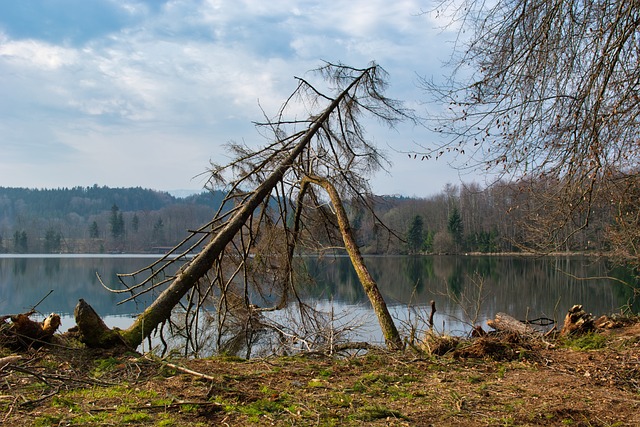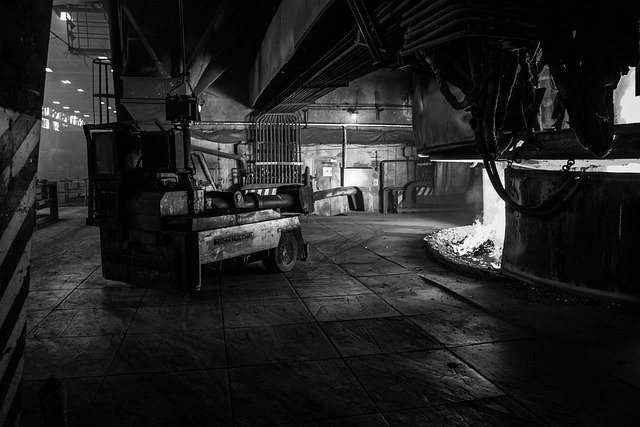Selling a house with fire damage in California involves a multi-step process: professional assessments for structural integrity and health hazards, navigating building codes, transparent communication, understanding repair/reconstruction options, targeted marketing (e.g., using keywords like "how to sell a house with fire damage California"), utilizing home inspection reports, strategic renovation planning, and open communication throughout. This ensures a successful sale while addressing unique challenges specific to California properties damaged by fire.
Many California homeowners face an unprecedented challenge after a fire: what to do with their damaged property. This comprehensive guide navigates the complex landscape of selling homes with fire damage in California. From understanding assessment processes and legal considerations to exploring restoration options, marketing strategies, disclosures, and post-sale support, we provide insights for a smooth transition. Learn how to turn a difficult situation into a successful sale by addressing fire damage effectively, ensuring peace of mind for both sellers and buyers.
- Understanding Fire Damage Assessment in California Real Estate
- Legal Considerations for Selling Fire-Damaged Properties
- Repair vs. Reconstruction: Evaluating Restoration Options
- Marketing Strategies to Attract Buyers Aware of Fire Damage
- The Role of Home Inspection Reports and Disclosures
- Post-Sale: Ensuring a Smooth Transition and Rebuilding Process
Understanding Fire Damage Assessment in California Real Estate

In California, fire damage assessment is a critical step in the real estate transaction process, especially when selling a house with fire damage. It’s essential to understand that this assessment goes beyond a visual inspection. Professional appraisers and inspectors employ specialized techniques and standards to evaluate the extent of the damage, considering both structural integrity and potential health hazards. They’ll assess the property’s value before and after the fire, taking into account repair costs and potential reduction in market value due to the damage.
For homeowners looking to sell a house with fire damage in California, this process can be daunting but manageable. It’s crucial to involve experienced professionals who understand the ins and outs of insurance claims and real estate transactions post-fire. Proper documentation and transparent communication throughout the assessment phase are key to ensuring a smooth sale. Knowing how to navigate this process is essential for buyers aiming to acquire a property with fire damage in California, balancing their needs with the unique challenges that come with such purchases.
Legal Considerations for Selling Fire-Damaged Properties

Selling a house with fire damage in California involves navigating several legal considerations. The first step is to assess any structural damage and ensure that the property meets local building codes before putting it on the market. This may require obtaining permits for repairs, which can be a complex process depending on the extent of the fire damage. It’s crucial to consult with a qualified contractor who understands California’s specific regulations.
Additionally, buyers will want transparency about the history of the property and any ongoing legal issues related to the fire. Disclosure is key; providing accurate information about the damages and any insurance claims or settlements can help prevent future disputes. Understanding these legal aspects is essential for both sellers looking to facilitate a smooth transaction and buyers ensuring they make an informed decision when purchasing a fire-damaged property in California.
Repair vs. Reconstruction: Evaluating Restoration Options

When dealing with fire-damaged property in California, homeowners often face the crucial decision of whether to repair or reconstruct. Repairing involves fixing the structural damage caused by the fire, restoring affected areas like walls and ceilings, and replacing personal belongings. This option is typically more cost-effective and allows for a quicker return to living in the home. However, it’s essential to assess the extent of the damage; minor repairs might not be enough if significant structural elements are compromised.
Reconstruction, on the other hand, entails a complete overhaul, rebuilding from the ground up if necessary. This process is more intricate and expensive but can transform a damaged house into a brand-new space tailored to the owner’s preferences. In California, with its diverse climate, it’s vital to ensure that any reconstruction complies with local building codes and includes fire safety measures to prevent future hazards. Understanding these restoration options is a significant step for buyers considering purchasing a fire-damaged property in the state.
Marketing Strategies to Attract Buyers Aware of Fire Damage

When it comes to marketing strategies for selling a fire-damaged property in California, understanding your target audience is key. Many potential buyers are now aware of the challenges and costs associated with purchasing a home that has experienced fire damage. To attract these discerning purchasers, highlight the property’s unique features and benefits openly and transparently. Emphasize any structural repairs or renovations already completed to mitigate the effects of the fire.
Use digital marketing tools effectively to reach this conscious buyer base. Optimize your listing with relevant keywords like “how to sell a house with fire damage California” to ensure it appears in targeted searches. Share high-quality photos and detailed descriptions that showcase both the property’s potential and any positive changes made since the fire. Building trust and showcasing genuine improvements will be essential to attracting buyers who understand that every home has its story, and this one includes a resilient transformation.
The Role of Home Inspection Reports and Disclosures

When selling a house with fire damage in California, home inspection reports and disclosures play a crucial role in ensuring transparency between the buyer and seller. These detailed assessments provide potential buyers with an unbiased view of the property’s current state, including any structural issues, water damage, and other fire-related remnants.
In California, sellers are legally obligated to disclose any known material defects or damage to the property. Home inspection reports offer comprehensive information about these issues, helping buyers make informed decisions. By reviewing these reports, buyers can assess the extent of the fire damage, understand potential costs for repairs, and determine if the house meets their safety and livability standards. This transparency is essential in building trust between parties involved in the real estate transaction and can significantly impact the negotiation process for how to sell a house with fire damage in California.
Post-Sale: Ensuring a Smooth Transition and Rebuilding Process

After purchasing a property with fire damage in California, the focus shifts to ensuring a seamless transition and a successful rebuilding process. The first step is to assess the extent of the damage and create a detailed plan for repairs. This involves hiring licensed professionals who can estimate costs and provide a timeline for renovation. It’s crucial to communicate openly with your contractor or real estate agent throughout this phase, as they can guide you through local building codes and regulations, especially if the damage is extensive.
To make the transition smoother, consider prioritizing essential repairs first and creating a budget that accommodates both immediate needs and long-term rebuilding goals. This might include temporary solutions for living spaces while more intricate work is underway. Additionally, staying informed about insurance claims and benefits will ensure you receive adequate compensation for the fire damage, helping to fund the rebuilding process without unnecessary financial strain.
Selling a house with fire damage in California can be challenging, but understanding the legal framework, restoration options, and effective marketing strategies can significantly enhance the process. By navigating the assessment, disclosure, and rebuilding stages diligently, property owners can attract conscious buyers who appreciate transparency and resilience. Embracing these steps ensures a smoother transition, allowing for the transformation of damaged structures into welcoming homes once again.






